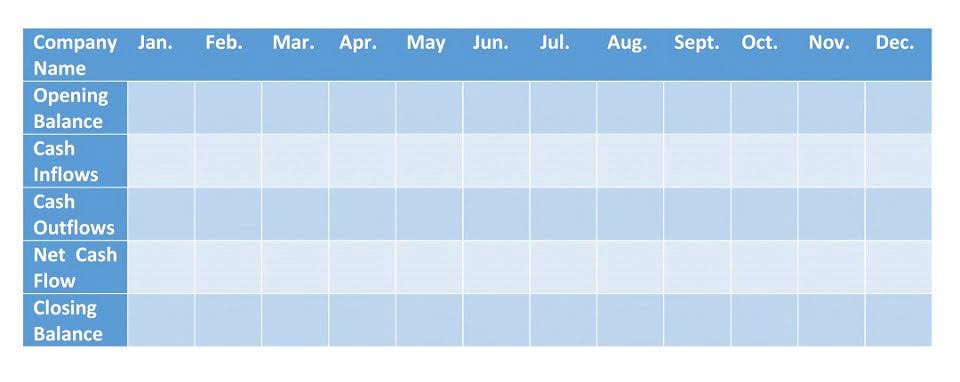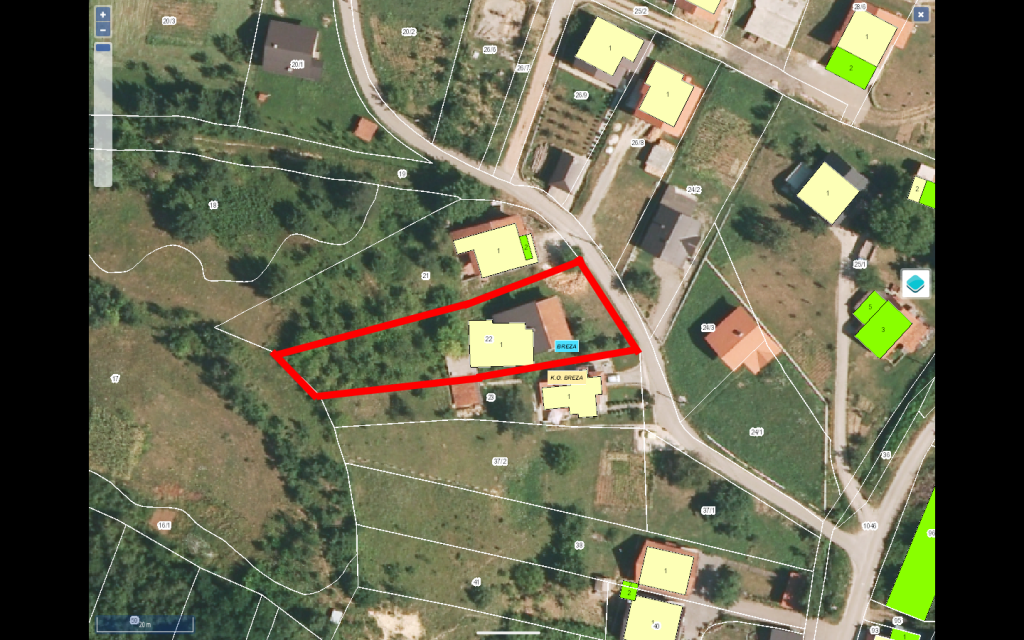Content
- Manage Your Leases With Confidence
- Additional Resources
- Risk & It Compliance
- Lease Accounting Revision Asc
- Finance Team Support
- What Is Lease Accounting?
- Increase Workplace Productivity And Cost Efficiency With Market Leading Iwms Software
- What Changed With Asc 842?
- What Companies Should Know About The New Lease Accounting Standards

An operating lease is a contract that allows for the use of an asset but does not convey ownership rights of the asset. Otherwise, a lease is classified as an operating lease, which is a standard landlord-renter contract.
- Nakisa Lease Administration, for instance, provides end-to-end lease accounting support so you can spend less time determining lease liabilities and more time focusing on what matters.
- If you’re looking for new lease guidance, you’ve come to the right place.
- With an Operating Lease, a company signs a contract to rent a building or piece of equipment for a certain period, pay a certain amount each year, and return the building or equipment to the lessor at the end.
- Please see our privacy policy for more information about how MRI Software handles your personal information.
- The legacy lease accounting standards included ASC 840, IAS 17, and various GASB standards, mainly GASB 13 and GASB 62.
While transitioning is often successful, the road to adoption is challenging. Here are two articles providing a walkthrough of accounting under GASB 87, including full examples and journal entries. AHRC has found that having its real property information in one place enables the organization to analyze it in a better way. “The conversations this year have been ‘Yes, this is effective now. You need to understand and implement the standard to get the books in order,'” said Purvis, a principal at Clark Nuber PS.
Manage Your Leases With Confidence
The asset is most often housing, though assets can also include items such as vehicles, computers, office space, or an intangible property, such as a brand name. A lessor enters a binding agreement with a lessee that allows the lessee to make one or more payments to the lessor in exchange for use of the asset. Journal entries are documents that record the transactions between the lessees and lessors. The contents of a journal entry will vary depending on if the entry is completed by the lessor or the lessee and depending on if it a capital or operating lease. For operating leases, companies create expenses rather than liabilities, which allows for financial funding. Future lease payments resulting from a change in an index or a rate used to determine those payments . The best way to look at it is to consider the total lease payments, compared with the initial fair value of the asset; and the lease term, compared with the expected useful life of the asset.

And careful attention must be paid to the definition of a lease, as contracts for IT data management/cloud services, transportation, and even advertising might have a lease “embedded” in the deal. The Practice Aid includes practical examples and interpretive guidance to assist companies and practitioners in their adoption and continued application of ASC 842. Divided into a series of articles focused on key aspects of the new lease standard, the Practice Aid is organized in the order an entity would apply ASC 842 and the corresponding questions the entity would need to address. Fill in the form to learn more about our software solutions and services for workplace management, lease administration and lease accounting. Group Vs Entity Reporting, ASC 842 and IFRS 16 dual reporting for organizations requiring to declare the impact on the balance sheet of leases across multiple entities within a global group.
Additional Resources
If the lease meets none of these criteria, treat it as an operating lease. If you notice from our finance lease computation, the balance of lease liability for both finance and operating lease are the same. With it, even operating leases are required to be presented in a business’s balance sheet. Before IFRS 16 became effective, only finance leases were required to be reflected in a business’s balance sheet. O Review laws and contracts, as well as internal policies, that refer to “capital leases”, which will no longer be an accounting term. It is arguable that all, except the twelve month or less leases, will become “capital leases” under the definition, however it is better to change the language than argue for or against the interpretation.

This lease accounting practice has been questioned by accountants for many years. How realistic are the financial statements on the balance sheet when an on-balance owned property or asset could be sold within a few months while an off-balance operating lease contract could represent a liability for multiple years ahead?
Risk & It Compliance
If the present value of the lease payments is 90% or more of the fair market value of the asset. Termination rights – The lessor may terminate the lease at any time if the lessee breaks any clause of the contract, including damage to or misuse of the asset.

The two most common types of leases in accounting are operating and financing leases. Before making those decisions, though, it's important for not-for-profit finance leaders to make sure they understand exactly how many leases they have according to FASB's new definition of a lease. FASB defines a lease as a contract or part of a contract that conveys the right to control the use of identified property, plant, or equipment for a period of time in exchange for consideration.
Lease Accounting Revision Asc
The Wrap is a podcast by Warren Averett designed to help business leaders access relevant information about today's issues so you can accomplish what’s important to you. Today’s professionals and executives have more things to keep up with and less time to do it than ever before. That’s why our advisors have wrapped up today’s most timely topics into a podcast with actionable advice. As one of the region’s largest and most resourceful accounting, tax and advisory firms, we’ve expanded to keep pace with client demand across the Southeast. Our clients are leaders in their respective fields and expect their professional advisor to know their industry.
- The sections below highlight five phases of adopting ASC 842, including key activities that an entity may perform and factors it may consider to gauge how much time and effort it will take to complete certain steps in the transition process.
- The lease, then, is considered a loan – and interest payments are expensed.
- Organizations can’t afford to let more time pass by before acting on implementation.
- This separation between the asset’s ownership and control of the asset is referred to as the agency cost of leasing.
- The lessee is given a practical expedient, discussed below, to ignore the effect of non-lease components.
This results in combining all lease and non-lease components and accounting for them as a single lease component. Under prior rules, only capital leases were recorded on a company’s balance sheet. Operating leases were considered off-balance-sheet transactions and only mentioned in the financial statement disclosures.
Finance Team Support
Considering the judgmental nature of these new standards, companies should ensure they have lease accounting experts at their disposal to assist in navigating the complexities and nuances of the standards. This includes the selling profit and any initial direct costs for which recognition is deferred. Adjust the balance of the net investment in the lease by adding interest income and subtracting any lease payments collected during the period. Scenario modelling of new leases to aid decision-making when considering the impact of new contracts on the balance sheet. Lease accounting under the new accounting standard is definitely different from the lease accounting of the old. It’s just that if the lease is an operating lease, the interest is incorporated in the lease expense. The credit to lease liability is computed by multiplying the current balance of lease liability by the discount rate.
Leases with a maximum term of 12 months or less would be treated in accordance with current operating lease rules. Instead, the rent is reclassified as interest and obligation payments, similarly to a mortgage . If the lease has an ownership transfer or bargain purchase option, the depreciable life is the asset's economic life; otherwise, the depreciable life is the lease term. Over the life of the lease, the interest and depreciation combined will be equal to the rent payments. Under the previous lease standard, payment obligations of operating leases are not reflected on the balance sheet even if you have committed to many years of payments. In other words, a future debt was nearly invisible on financial statements. These payments were mentioned in footnotes, but not prominently like liabilities on the balance sheet.
So the organization has provided the lender with a bridge schedule showing its financial statements without the impact of adopting the lease accounting pronouncement. These covenants state that for purposes of the debt agreements, financials would continue to be considered as if the previous lease accounting standard, ASC Topic 840, were in effect.
The new lease standard places all leases on the balance sheet while largely retaining current income statement treatments and lease classification. New processes, procedures, and controls will be necessary including segregating lease and non-lease components and new accounting for related party leases. Further entities can then ensure proper ASC 842 adoption disclosures and estimated balance sheet impact is in this year-end’s disclosure notes to the financial statement. This may minimize the potential that users are surprised when all lease arrangements show up on the 2020 balance sheet.
The goal of initiating such programs may be for entities to rightsize their real estate portfolios to manage costs while adequately supporting their evolving business needs. One silver lining of implementing the new standards is departments in your organization will begin working together more seamlessly to manage and account for leases. lease accounting Transitioning to the new standards provides an opportunity to integrate processes and tools so all stakeholders have the same understanding of lease agreements and how the contracts affect the business. Lessors under GASB 87 record a lease receivable and a deferred inflow of resources at the commencement of the lease term.
What Changed With Asc 842?
Classify the lease correctly based on ownership, economic life, and fair value of the leased asset. If you comply with the IFRS standards, you may elect to not apply the new lease standard if the underlying asset is of low value. Another expedient that can be elected for existing leases at transition is to use hindsight regarding lease renewals and purchase options when determining the lease term and in assessing impairment of the ROU asset. This relief can be elected independently of the previous practical expedient, but it must be applied consistently to all leases. In practicality, it opens a proverbial “can of worms” and we see most organizations not electing this expedient.
What Companies Should Know About The New Lease Accounting Standards
Examples of leases include rental of office space, photocopiers, computers and servers, vehicles, land, and equipment. Examples of what are not typically considered leases under this standard include software subscriptions, leases for intangible assets, leases for exploration or use of non-renewable resources, and leases of inventory https://www.bookstime.com/ or assets under construction. Lessees may make a policy election not to apply the standard to short-term leases of 12 months or less for all classes of underlying assets. On the other hand, costs attributable to securing the asset itself should be included in the lease payments for both classifying and measuring the lease.








